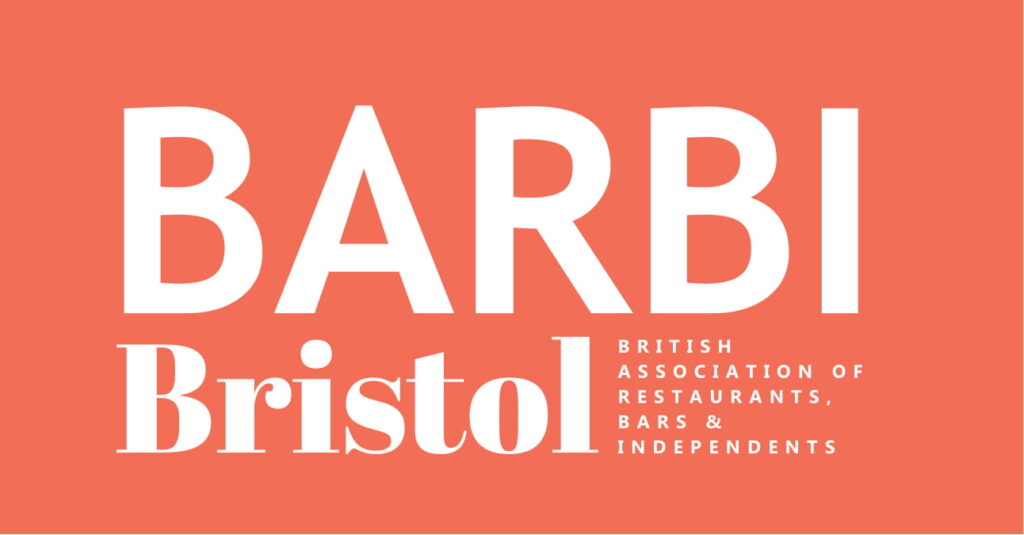We have recently been made aware that a number of fire services across the country are altering the way they respond to automatic fire alarm notifications. Policies are being implemented by fire services, to help prevent incidents of unwanted fire alarm signals. This is where an automated fire alarm sends an alert to the fire service that a fire is in progress in error, causing the dispatch of a fire crew and a potential waste of time and resources.
False alarms can happen for a number of reasons, and are relatively common. In most instances, these false alarms will be caught by staff at your venue meaning a fire crew dispatch would never occur.
However, some fire services have deemed these false alarms too great a drain on their resources and are putting policies in place to limit when a fire crew will be dispatched.
What are the new rules?
Whilst this is not a uniform stance, many fire services implementing new rules are changing to stipulate that they will only despatch a fire crew when an automated alarm is accompanied by secondary confirmation of a fire. This secondary confirmation could include:
- Heat detection
- Beam detection
- Multiple smoke detectors activating simultaneously
- Manual call point activation
- Sprinkler activation
- Visual verification
Put simply, a single point smoke detector triggering an alarm will not be enough to instigate an automatic fire crew dispatch.
These dual activations will all attract an attendance but it should be remembered that there has to be a means for whoever is making the 999 call to identify the source of the activation. This may be achieved by a technological solution such as an addressable panel linked to the ARC that will accurately identify the type of device activated or it may require a local investigation by someone on site. The duty-holders for the premises will have to ensure that sufficient arrangements are in place to ensure that the correct information is passed to Fire Service Operation Control.
When do these rules apply?
These rules will operate 24 hours a day, whether your premises is open or closed. This is unlikely to be an issue when you’re open, as you will have staff on site who would likely see or smell a fire and be able to manually alert the fire service.
What you should be more conscious of, is how you can respond out of hours when your venue is closed. Whether this be through the installation of cameras giving you remote access to visual coverage of all areas of your venue, or a fire panel referenced above that can identify multiple detectors, or a keyholder who can quickly access the site to confirm or cancel an alarm.
It’s important to note that any residential properties (such as hotels/hospitals/care homes/etc) and any premises where people sleep will not be affected by this rule change in most instances, meaning fire services will respond to automatic activations.
Which fire services are affected?
Unfortunately, each fire service is different. There is no one unified approach across the country that will apply to all venues.
Our recommendation would be to start putting measures in place, regardless of your local fire service stance, to ensure you have two stage verification in place, as this is good practice and will help protect your venue as well as ensure a fire service response.
To understand whether this new approach affects you, you can check with your local fire service. If you’re not sure how to contact your fire service, you can find your local details on the government website here.
What are the insurance implications?
We are working with all our partner insurers to understand their stance on this policy. If there are any actions you’re required to take we will speak to you individually to discuss your venue’s requirements.
If you have any questions in the meantime about your policy, or want to discuss working with us, you can get in touch using our usual details, or by talking to your dedicated point of contact if you’re an NDML client.







